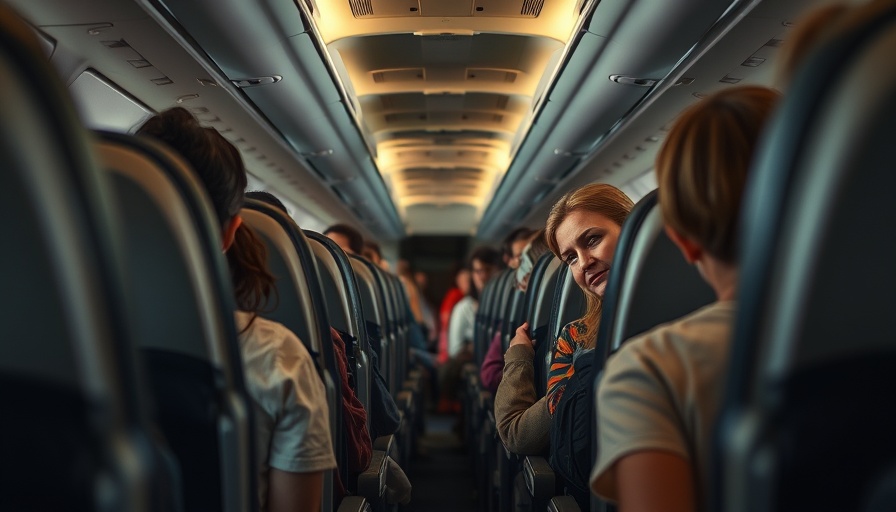
The Changing Landscape of Airline Loyalty Programs
For small business owners and managers, understanding the evolving dynamics of airline loyalty programs is crucial. These programs are designed to cultivate customer loyalty and encourage spending, but recent changes have transformed their structure significantly. Gone are the days when loyalty was merely accrued through flights taken; instead, airlines now focus on how much customers spend.
Understanding the New Metrics
As of late, the major U.S. airlines – American, Southwest, Delta, and United – have shifted to a spending-based loyalty model. This means that rather than earning points based on miles flown, customers now earn rewards based on how much they spend on tickets, baggage, and other fees. This shift means that business travelers might need to reassess which airlines they choose for their travel to maximize potential rewards.
Why This Matters for Business Travelers
For small businesses, travel costs can pile up, making it imperative to maximize every dollar spent. By adapting to the new loyalty rules, business travelers can reap more benefits. Under this new model, frequent travelers who invest more financially into airlines can expect greater rewards, but those who cut costs by flying budget airlines or opting for cheaper fares may find themselves not accumulating as much value. This could prompt businesses to evaluate their travel strategies more closely.
Decoding Loyalty Program Value
While these loyalty programs can enhance travel experiences and lead to valuable perks like free flights and upgrades, understanding their true value requires awareness of how to navigate the complexities involved. It’s vital for small business owners to grasp not only how to earn points but also how to redeem them efficiently. Travelers should always keep an eye on promotions that may offer additional value during certain seasons or alongside business travel purchases.
Future Insights: What Lies Ahead
The landscape of airline loyalty is likely to continue evolving. Analysts suggest that as competition heightens among airlines for the same customers, there could be even more enticing loyalty initiatives in the future. Future loyalty programs may integrate further technology, possibly using AI to provide personalized offers based on spending habits and travel history. This potential for advanced automation could refine the travel experience, making it even more tailored to individual needs.
Empowering Choices for Today’s Business Travelers
One significant takeaway for small business owners is that awareness is power. By understanding these loyalty program changes, entrepreneurs can not only enhance their travel experience but also optimize their budgetary allocations. It may also be worthwhile to consider investing in memberships or associated credit cards to amplify their rewards potential. However, it’s essential to remain informed and flexible, as loyalty program policies can change unexpectedly.
The Bottom Line: Make the Most of Your Travel
The adjustments to airline loyalty programs offer both challenges and opportunities for small business owners. By recognizing the shifts in the industry, business managers can position themselves strategically to take advantage of rewards systems that were once straightforward but now require more keen insights to navigate successfully. By assessing travel spending and loyalty choices, business travelers can enhance the profitability of their travel budgets.
As these new trends in airline loyalty continue to unfold, business owners should consciously adapt their travel strategies to maximize benefits. Understanding the intricacies at play here can directly influence a business's bottom line, especially in a time when every dollar counts. Ensure you are staying ahead by keeping informed of any further changes to the loyalty landscape.
Are you ready to take charge of your airline loyalty journey? Consider evaluating your business travel strategies today to navigate the new airline loyalty rules like a pro!
 Add Row
Add Row  Add
Add 




Write A Comment